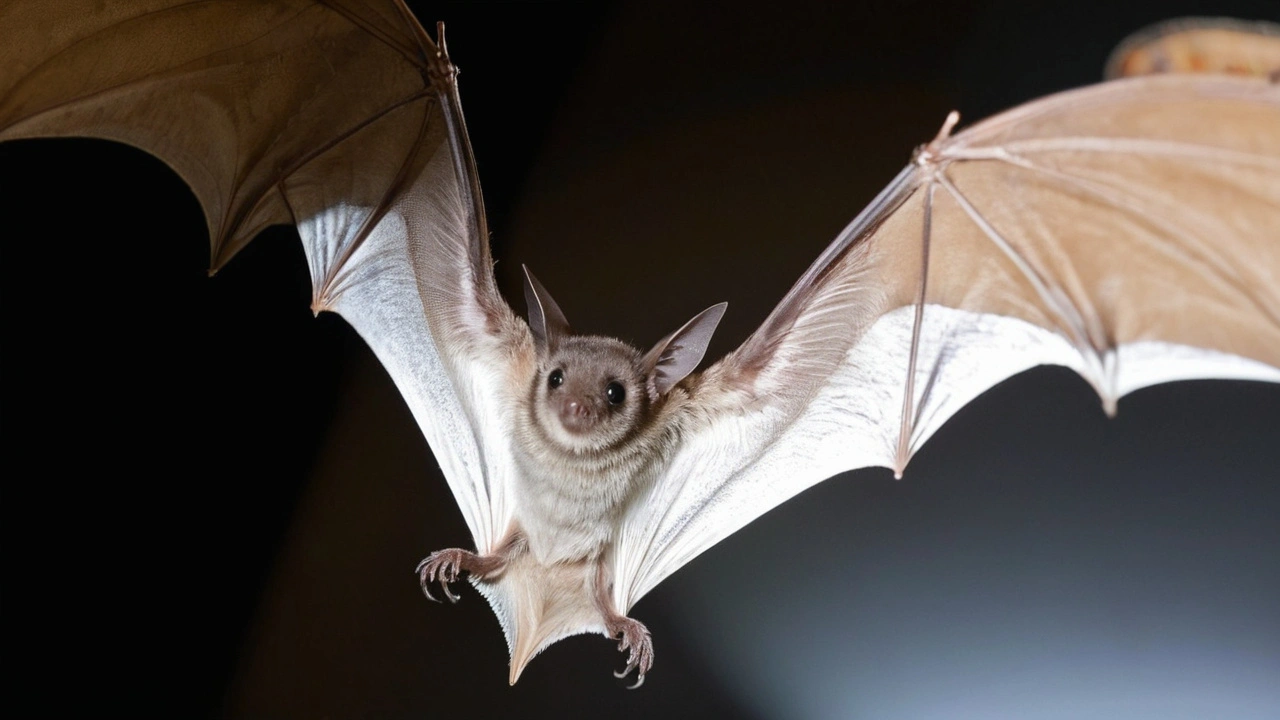Ever heard of White-Nose Syndrome and wondered why folks are so worried? This disease, mostly hitting bats, is causing real headaches for wildlife experts across the globe. Sure, bats might not be everyone’s favorite animal, but if you care about a balanced ecosystem on African game farms or anywhere else, it’s worth your attention.
White-Nose Syndrome is a fungus that attacks hibernating bats. It sounds strange, but it shows up as white fuzz on their noses and wings. It doesn’t just look weird—this stuff messes with their sleep cycles, making bats burn through their fat stores way faster than usual. The result? Bats wake up hungry in the middle of winter when there’s zero food available, and many don’t make it.
Why should game farms in Africa keep an eye out? Bats aren’t just spooky night fliers. They eat thousands of insects every night—think mosquitoes, beetles, and even pests that bother farm crops or game animals. If bats disappear, insect numbers can shoot up fast, leading to more crop damage, upset livestock, and even higher disease risks for other wildlife. That’s a big deal for people managing game farms focused on eco-tourism and biodiversity.
So far, White-Nose Syndrome has shaken bat populations in North America the most. But if there’s one thing we’ve learned about wildlife diseases, it’s that borders don’t stop them for long. Some experts are nervous about its potential arrival on the African continent, especially with increasing global trade, tourism, and climate change shifting animal ranges. Game farm workers, conservationists, and tourists all need to know the risks.
What can be done? First, good biosecurity rules help. For people working around bats—like researchers or those running guided tours—disinfecting clothes, equipment, and staying out of caves where new fungus outbreaks are spotted keeps things safer. Game farm owners can also set up bat monitoring programs. Watching for sudden drops in bat sightings or bizarre behavior gives an early warning if White-Nose Syndrome does show up locally.
Getting the public involved is smart, too. Many outbreaks in other countries were first spotted by hikers or cavers reporting sick bats. So if you’re walking nature trails on a game farm and see bats acting odd or piles of dead bats, snap a photo and tell the farm staff. That kind of heads-up can help trigger a fast response that might save a colony.
Researchers are pushing hard to find solutions—everything from anti-fungal sprays to genetic studies aimed at breeding resistant bats. Meanwhile, African game farm communities can help by spreading awareness, supporting local bat conservation, and making simple changes that protect habitats. If we keep bats healthy, they keep the ecosystem in check—less bugs, healthier crops, and more wildlife for tours and safaris.
White-Nose Syndrome might sound like a niche problem, but its ripple effects matter across the entire game farm system. Eyes open and practical action today could keep African bats—and the balance of game farms—thriving for years to come.

White-Nose Syndrome has severely impacted bat populations in New Jersey, with once thriving colonies now facing decimation. This fungal disease disrupts hibernation, leading to early death. Conservationists and researchers are working tirelessly to monitor and manage the disease, using methods like UV light to track its progression.
Read More >>